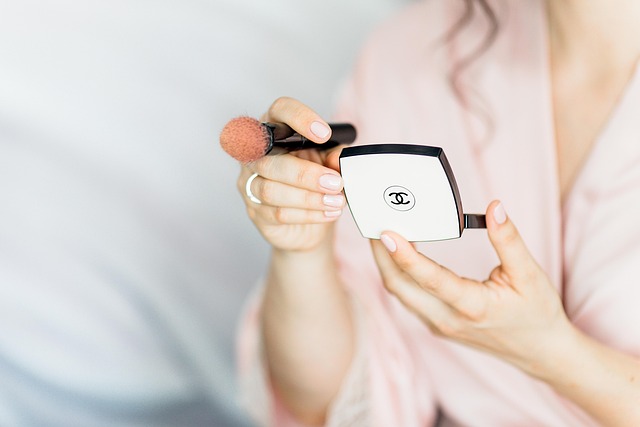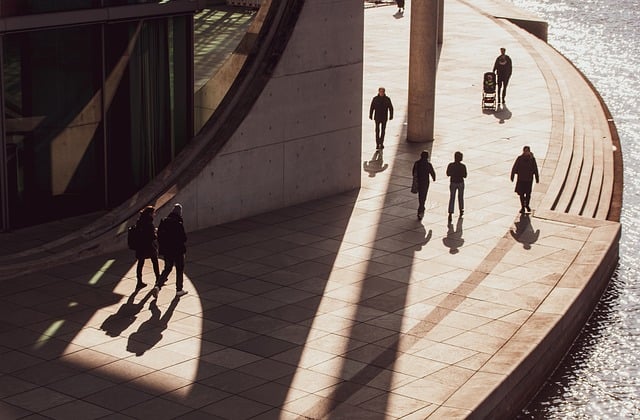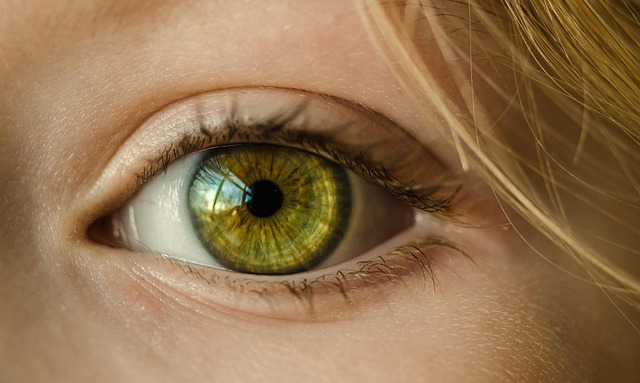In the fast‑evolving world of contemporary art, the desire to capture the fleeting intensity of light, emotion, and movement has led many artists to experiment with techniques that emulate the dynamic energy of a wildfire or the rapid flicker of a flame. One such technique, often referred to as the Blazing Brush method, marries bold strokes, vibrant color gradients, and a deliberate sense of spontaneity. The Blazing Brush invites painters to let the brush speak as loudly as the subject, creating canvases that pulse with life and depth. Whether you are a seasoned professional or a passionate hobbyist, exploring Blazing Brush ideas can open new vistas in your creative practice, allowing you to infuse your work with a sense of immediacy and drama that resonates with modern audiences.
Understanding the Blazing Brush Technique
The essence of the Blazing Brush lies in the way paint is applied: swift, confident, and unrestrained. Unlike meticulous glazing or layered impasto, the Blazing Brush focuses on a single, decisive gesture that sets the tone for the entire composition. This approach encourages artists to embrace imperfection, allowing the brushstroke itself to become a narrative element.
- Dynamic Stroke: Each movement should feel purposeful, reflecting the rhythm of the subject.
- Minimal Glazing: Keep glazing to a minimum so that the original brushwork remains visible.
- Contrast & Flow: Use high contrast colors to create visual pathways that guide the eye.
- Surface Responsiveness: Prepare the canvas to accept fluid, energetic paint without excessive absorption.
- Emotion First: Let the emotional intent drive the technical choices rather than the other way around.
Color Palettes That Ignite
Choosing the right palette is crucial for generating the fiery essence that defines the Blazing Brush. While warm hues traditionally dominate, contemporary interpretations often blend cooler undertones to achieve balance and depth. Below are several palette suggestions that work exceptionally well with this technique:
- Classic Fire: Scarlet, burnt orange, golden yellow, and a touch of crimson.
- Electric Ember: Neon pink, electric blue, ultraviolet violet, and black.
- Solar Flare: Sunburst yellow, deep amber, muted teal, and charcoal gray.
- Moonlit Blaze: Pale silver, midnight blue, rose quartz, and burnt umber.
- Urban Inferno: Asphalt gray, rust red, streetlamp yellow, and concrete white.
Surface Preparation for Fire‑Like Vibrancy
To capture the raw intensity of the Blazing Brush, the canvas must be primed to support fluid yet controlled paint flow. Proper surface preparation enhances brushstroke visibility and color saturation.
- Use a gesso layer with a moderate sheen to allow quick drying yet retain some gloss.
- Apply a thin undercoat of neutral tone (e.g., taupe) to establish a neutral base.
- Consider a glaze of ultramarine to deepen the background without overpowering the foreground.
- Test small swaths of paint to confirm the canvas holds the desired level of wetness.
- Seal the finished work with a satin varnish to preserve the subtle luminosity of the strokes.
Layering Techniques: From Soft Haze to Bold Flame
While the Blazing Brush encourages spontaneity, layering remains an essential tool for adding depth and structure. The following approach balances raw energy with compositional cohesion.
- Begin with a broad, loose sketch of the main shapes using a single, thick layer of pigment.
- Allow the first layer to dry partially, then apply a second pass of lighter color to build volume.
- Introduce a thin glaze of translucent paint to unify the color field and soften harsh edges.
- Finish with selective highlights—thin strokes of white or high‑luminance pigment—capturing the spark of flame.
- Optional: Integrate a final touch of dry brush for texture, leaving gaps that let the canvas breathe.
Incorporating Mixed Media for Extra Heat
Blazing Brush paintings can be further enriched by blending traditional media with unconventional materials. Mixed media techniques inject new dimensions of texture and color saturation.
- Metallic Pigments: Apply gold leaf or silver flakes during the highlight phase to simulate radiant heat.
- Oil Pastels: Use pastel sticks on the upper canvas to create a velvety finish that contrasts with acrylic strokes.
- Charcoal Lines: Add subtle charcoal scribbles underneath the brushwork to suggest underlying fire or smoke.
- Textile Pieces: Glue a small strip of terracotta or terracotta‑tone fabric for tactile interest.
- Glitter Dust: Sprinkle a fine glitter dust onto the highlights, letting it settle in the brushstrokes.
Case Studies: Contemporary Artists Who Use Blazing Brush
Examining the works of modern painters who masterfully employ the Blazing Brush offers practical insights and inspiration.
“The way she uses the brush as a storytelling tool, each stroke conveying a pulse of emotion, is truly groundbreaking.” – Art Review Journal, 2023.
Artist A, known for abstract landscapes, layers saturated reds and oranges to craft a sense of sunrise over a cityscape. By allowing the paint to flow freely, the viewer feels as if standing at the edge of a blazing horizon. Artist B specializes in portraiture, applying the Blazing Brush to depict the intensity of human expression. Their canvases reveal how subtle shifts in color and brushstroke direction can alter the perception of depth, making each face appear almost alive. Both practitioners demonstrate how the Blazing Brush can transform ordinary subjects into emotionally charged narratives.
Final Thoughts on Blazing Brush Mastery
Adopting the Blazing Brush technique invites a renewed dialogue between artist and medium. By prioritizing gesture, color, and surface, the process becomes an exploration of energy rather than a rigid set of rules. The result is a body of work that feels both immediate and timeless, capable of resonating with contemporary audiences who seek authenticity and vigor in art. As you experiment with the methods outlined above, remember that the true power of the Blazing Brush lies in its capacity to channel your emotional vision into visible, tactile expression. Let each stroke blaze with purpose, and watch as your canvases transform into living, breathing celebrations of color and movement.



